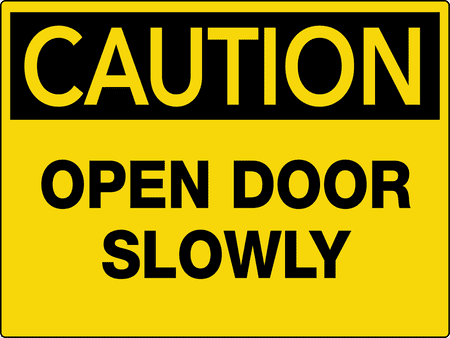Compounding that uncertainty, the rate of change of technology continues to accelerate, in materials, in Industry 4.0, and in blockchain that could change the nature not only on aircraft design, but also how we build them. Autonomous operations are in the future, but that future may be closer than we think, but lacks the regulatory structure from which to evaluate them, making that technology debut more uncertain.
Economic uncertainty is also a concern, as we’ve had an industry rally without a major downturn for the last 50 years in traffic volume, and a record number of aircraft orders and backlog as demand for travel increases in India and China, each of whom now have middle-class populations that want to travel that are larger than those in the traditional markets, the US and Europe. But debt bubbles remain large and the stock market increases have broken with traditional relationships, introducing potential risks.
We’re also seeing societal evolution that can impact the industry. The “Greta factor” has already been seen in Scandinavia with respect to flight shaming. From the Gilets Jaune in France to the students in Hong Kong, civil protests against governments are now being seen in 43 countries, with a trend to more local control of government. Post Brexit, the EU appears more tenuous and may not last the decade. A loss of trust in governments and institutions, including large companies such as Boeing, will have unforeseen impacts.
Subscriber content – Sign in
[maxbutton id=”1″ ] [maxbutton id=”2″ ] [maxbutton id=”4″ ]


